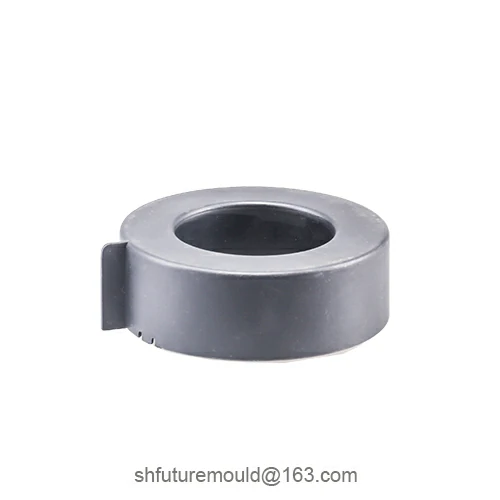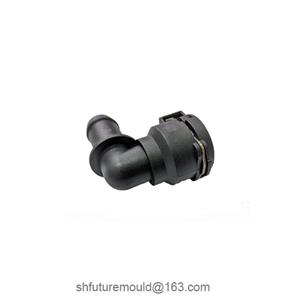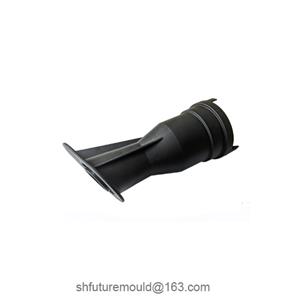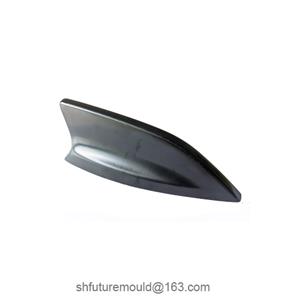What are the reasons for demolding difficulties in injection molds?
Demolding difficulties in injection molds are a common issue in the molding process, primarily caused by product design flaws and mold structural factors.
I. Product Design Factors
1. Insufficient Draft Angle
Insufficient draft angle causes tight adhesion between the part and cavity walls, increasing demolding resistance.
Recommendation: Ensure a minimum draft angle of ≥1° for non-decorative surfaces; increase to 1.5°–2° for decorative or textured surfaces.
2. Poor Handling of Undercuts
Features like steps, snap rings, or hidden undercuts prevent direct ejection.
Recommendation: For essential undercuts, use side sliders, ejector pin locks, or delayed ejection mechanisms.
3. Uneven Wall Thickness Distribution
Localized thick sections lead to uneven shrinkage and warpage, causing parts to stick in the cavity.
Recommendation: Maintain uniform wall thickness; replace thick areas with ribs instead of full-thickness sections.
4. Sharp Edges or Corners
Sharp edges scratch the cavity or create snagging points, increasing demolding resistance.
Recommendation: Round all internal and external corners; set minimum radii based on wall thickness (typically R ≥ 0.5× wall thickness).
II. Mold Structure and Surface Issues
1. Rough Mold Surface or Material Adhesion
Excessive surface roughness or improper treatments (e.g., chrome plating, polishing) raise friction coefficients.
Recommendation: Optimize surface roughness for the material; decorative surfaces should have RA values of 0.2–0.4μm.
2. Poor Ejector System Design
Insufficient or unevenly distributed ejector pins lead to imbalanced force and localized sticking.
Recommendation: Position ejector pins at thick sections or ribs to ensure even force distribution.
3. Wear or Malfunction of Demolding Components
Worn or contaminated sliders, ejector pin bushings, or guide pillars hinder ejection.
Recommendation: Clean and lubricate regularly; replace worn components promptly.
4. Insufficient Venting or Blocked Vents
Trapped gas creates airlocks during filling and partial vacuum after cooling, increasing demolding resistance.
Recommendation: Clean venting slots/channels; add vacuum-assisted demolding if necessary.
III. Process Parameter Settings
1. Improper Mold Temperature
Low mold temperature → premature part solidification and adhesion; high temperature → part softening or warpage.
Recommendation: Optimize mold temperature based on resin type: 20–60°C for PP/PE; 80–120°C for POM/PA.
2. Incorrect Holding/Cooling Time
Insufficient holding pressure → shrinkage and thin walls sticking in cavities; excessive holding/cooling → over-crystallization or part damage.
Recommendation: Determine optimal holding/cooling times through testing to ensure dimensional stability without brittleness.
3. Unsuitable Injection Speed/Pressure
Slow speed → cold-hot layer separation and surface sticking; low pressure → incomplete filling and warpage.
Recommendation: Adjust injection curves: maintain high speed until near-full cavity filling, then smoothly transition to holding pressure.
4. Excessive Backpressure
High backpressure causes melt stagnation or delamination, concentrating internal stress and leading to sticking or warpage.
Recommendation: Keep backpressure within the material supplier’s range (typically 3–6 MPa).




